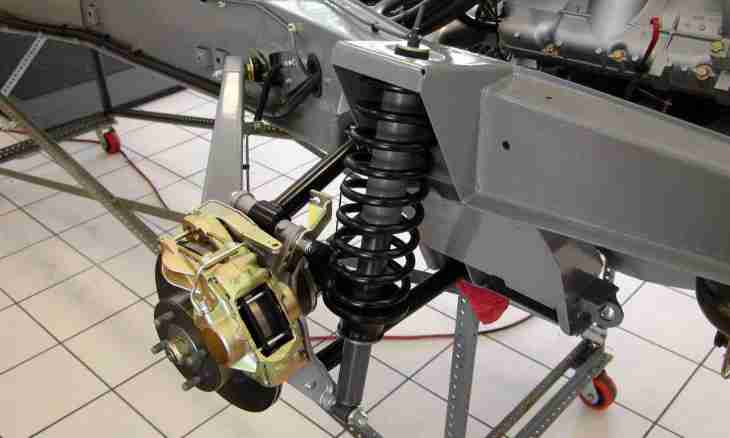True solutions differ from suspensions in the size of particles of a disperse phase. But properties at them various. Let's give properties on which solutions and mixes can be distinguished from each other.
It is required to you
- Initial knowledge of classification of disperse systems, concepts "disperse phase" and "disperse environment".
Instruction
1. You are faced by glasses with liquids. It is necessary to define that before you – solution or a suspension. Task this quite simple. Let's differentiate concepts of solution and a suspension at first. True is calledsystemwith sizes solution of particles of the dissolved component less 1*10^-9 meter. And the size of particles in a suspension is much more, about 1*10^-6 meter. Therefore it is possible to tell that solution differs from a suspension in the size of the particles which are contained in them.
2. But what image it is possible to distinguish solution from a suspension approximately? First, true solutions are transparent, though can be painted. Remember solution of copper vitriol of blue color.
3. The suspension, on the contrary, is opaque. Present a muddy suspension which is formed when hashing clay with water.
4. When standing by gravity parts of a suspension are besieged. The interval of time necessary for such sedimentation can be both insignificant, and quite long. Everything will depend on the size of disperse particles. The they are larger, the quicker there is a sedimentation by gravity.
5. Solution particles will never settle by gravity. They are so small that action of the chaotic thermal movement is much stronger here.

